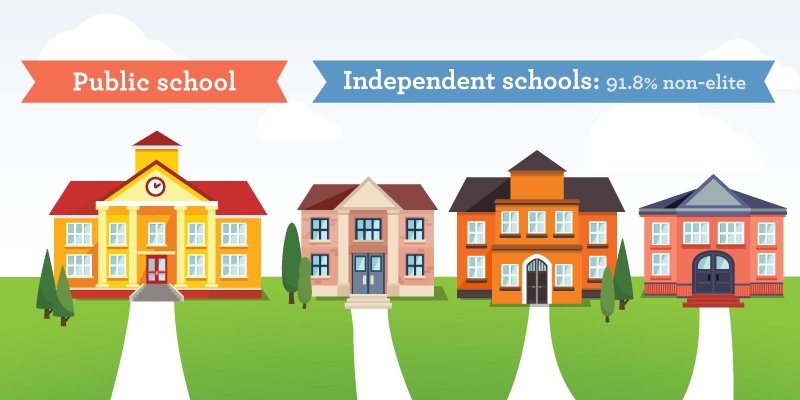Independent Schools in British Columbia: Myths and Realities

Calls for reductions to or elimination of funding for independent schools in British Columbia are based on misperceptions, specifically, that parents choose independent schools because public schools are underfunded; that independent schools are "elite" and that government funding of independent schools drain public expenditures.
The evidence demonstrates a contrasting reality. First, spending on public schools increased by 19.8% between 2004/05 to 2013/14, from $5.3 billion to $6.4 billion (an increase of 7.1% when price changes are considered).
Second, when the decline in enrolments in public schools is taken into account, per-pupil spending in public schools increased over the decade (2004/05 to 2013/14) by 18.3% from $9,971 to $11,797 (adjusted for inflation, in 2014$).
Third, over the decade (from 2003/04 to 2012/13) the vast majority of the increase in spending (61.3 %) went to staff compensation.
Fourth, enrolments in independent schools increased nearly 18% over the decade 2004/05 to 2013/14 and waitlist evidence from 2012 shows that increases may well have been higher had spaces been available. During the same period public school enrolments declined by 8.5%.
Fifth, the elitist caricature of independent schools does not hold. Most exist to serve other parental preferences in education. More than 55% are religiously-oriented and 20% have a specialty teaching or learning emphasis.
In 2015/16, the government spent an average of $8,288 per public school student for operational expenditures while it granted an average of $3,911 per independent school student. If funding were eliminated and more than 37,464 students migrated back to public schools, provincial expenditure on education would increase, further straining finances.




